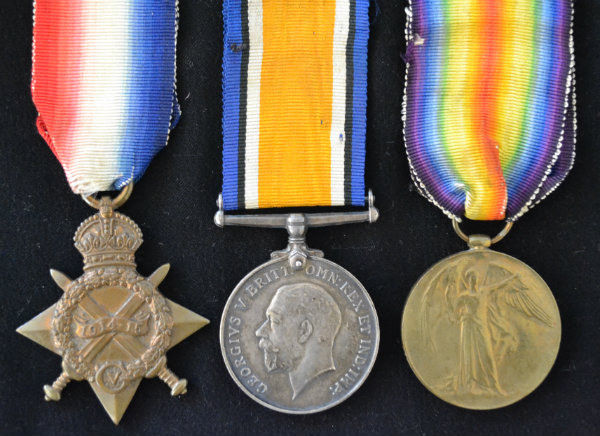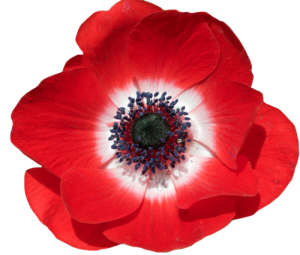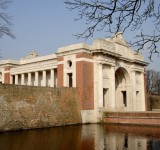Personal Details
Alfred Charles Grays Peirson, born in Highgate, London in 1883 the eldest son of Alfred and Mary Peirson. Husband of Elizabeth Ada (nee Gorman) Peirson of 16, Talbot Street, Whitchurch
Alfred had moved to Whitchurch with his employer Captain H E Joicey, both having served in the 14th Hussars. He was mobilised in August 1914
Military Details
Regiment : 14th (Kings) Hussars, (Cavalry of the Line)
Rank : Lance Corporal
Service Number : 438
Killed in Action; Belgium 13th May 1915 Age 31

The 1914 Star (also known as 'Pip') was authorised under Special Army Order no. 350 in November 1917 and by an Admiralty Fleet Order in 1918, for award to officers and men of the British and Indian Expeditionary Forces who served in France or Belgium between 5 August and midnight of 22–23 November 1914. The former date is the day after Britain's declaration of war against the Central Powers, and the closing date marks the end of the First Battle of Ypres.
The 1914–15 Star (also known as 'Pip') was instituted in December 1918 and was awarded to officers and men of British and Imperial forces who served against the Central European Powers in any theatre of the Great War between 5 August 1914 and 31 December 1915. The period of eligibility was prior to the introduction of the Military Service Act 1916, which instituted conscription in Britain.
The British War Medal (also known as 'Squeak') was a silver or bronze medal awarded to officers and men of the British and Imperial Forces who either entered a theatre of war or entered service overseas between 5th August 1914 and 11th November 1918 inclusive. This was later extended to services in Russia, Siberia and some other areas in 1919 and 1920. Approximately 6.5 million British War Medals were issued. Approximately 6.4 million of these were the silver versions of this medal. Around 110,000 of a bronze version were issued mainly to Chinese, Maltese and Indian Labour Corps. The front (obv or obverse) of the medal depicts the head of George V. The recipient's service number, rank, name and unit was impressed on the rim.
The Allied Victory Medal (also known as 'Wilfred') was issued by each of the allies. It was decided that each of the allies should each issue their own bronze victory medal with a similar design, similar equivalent wording and identical ribbon. The British medal was designed by W. McMillan. The front depicts a winged classical figure representing victory. Approximately 5.7 million victory medals were issued. Interestingly, eligibility for this medal was more restrictive and not everyone who received the British War Medal ('Squeak') also received the Victory Medal ('Wilfred'). However, in general, all recipients of 'Wilfred' also received 'Squeak' and all recipients of The 1914 Star or The 1914/1915 Star (also known as 'Pip') also received both 'Squeak' and 'Wilfred'. The recipient's service number, rank, name and unit was impressed on the rim.
Further Information
Report in the Whitchurch Herald 29th May 1915 on the death of Alfred Charles Grays Peirson
Letter received by Mrs Peirson;
"We were ordered to go into the trenches; Alfred of course would not be left behind and came up with me. At 4 am on the first morning we were bombarded for over 2 hours sometimes terrible, the trenches were literally blown to pieces and it was marvellous how anyone was left alive. I never saw Alfred after the first hours bombardment, I had to go to other end of the Squadron to see another troop, on my return I did not see him again and I am afraid there is little doubt that he was killed by a shell, the same as so many of my poor fellows were. Having known him for many years I feel it is like losing a very dear friend. For yourself, you know I sympathise with you in your great loss. Take courage and remember that he always did his duty all his life and to the very end and that it is God's will"
Major J E Joicey
Whitchurch Herald 29th May 1915
Taken from Forces War Records
If you can provide any further information on Alfred Charles Grays Peirson please get in touch by leaving a comment below, using our Contact Form or by calling in to Whitchurch Heritage Centre.
Information provided by Terry Evanson Whitchurch, Shropshire and Whitchurch Museum and Archives


